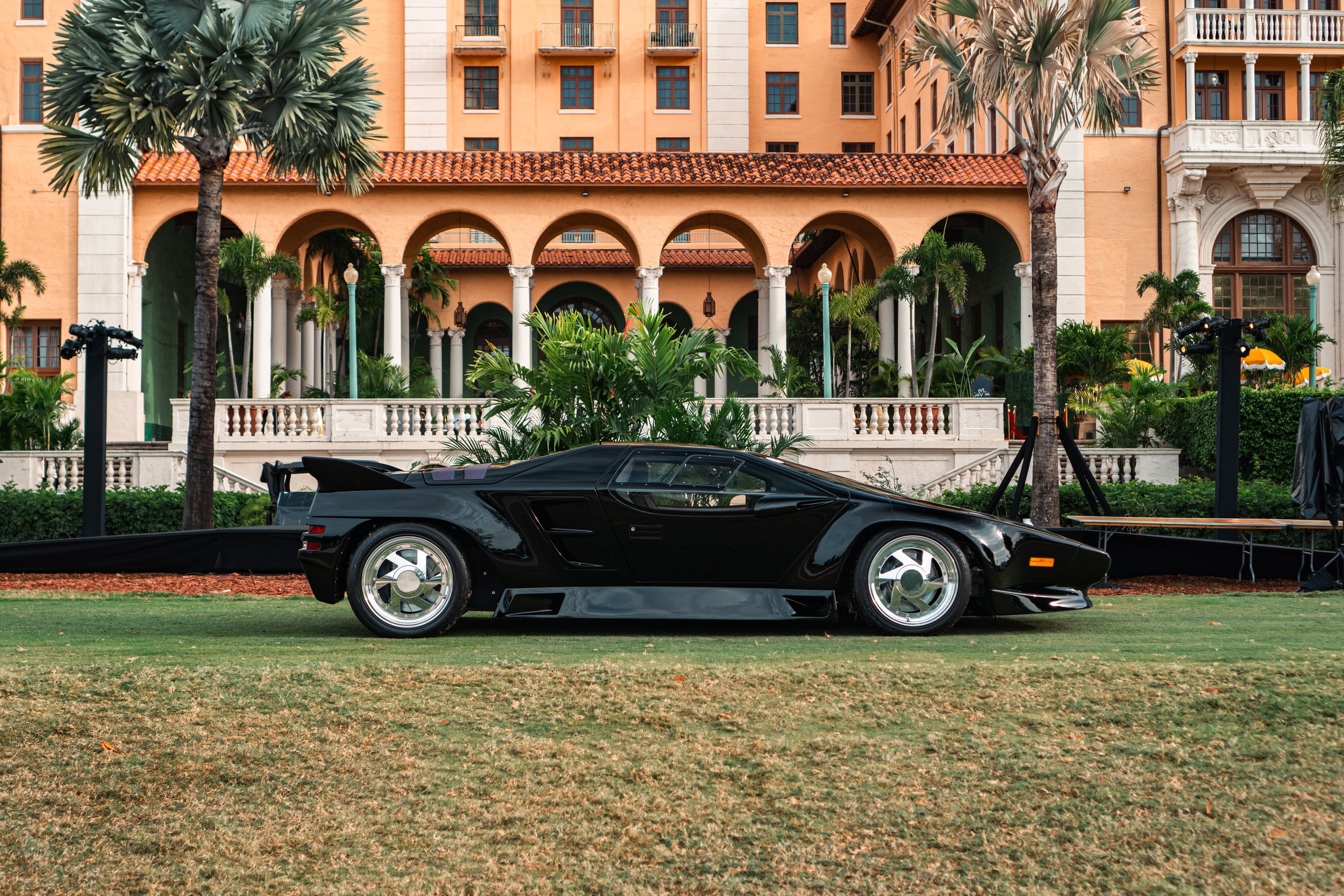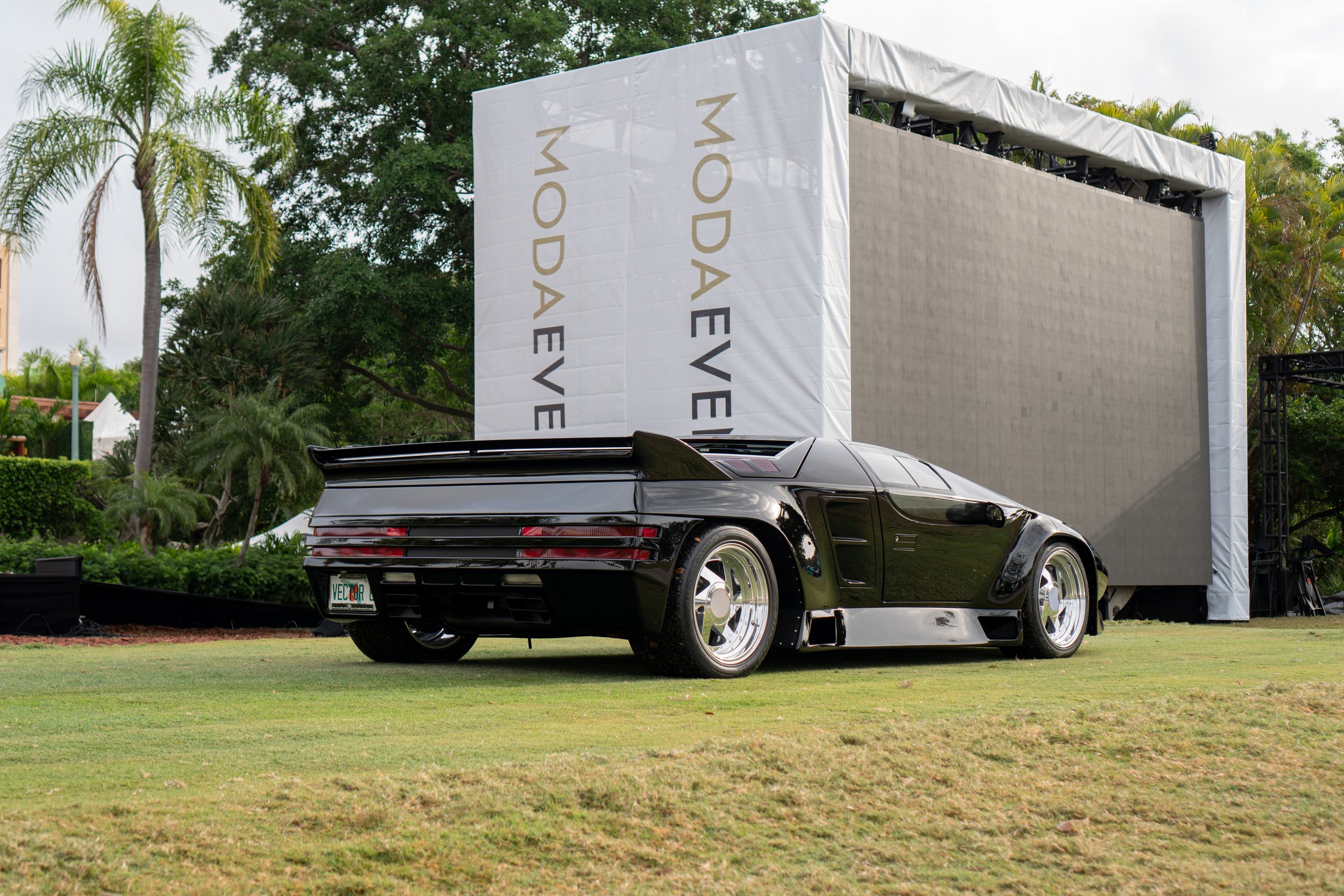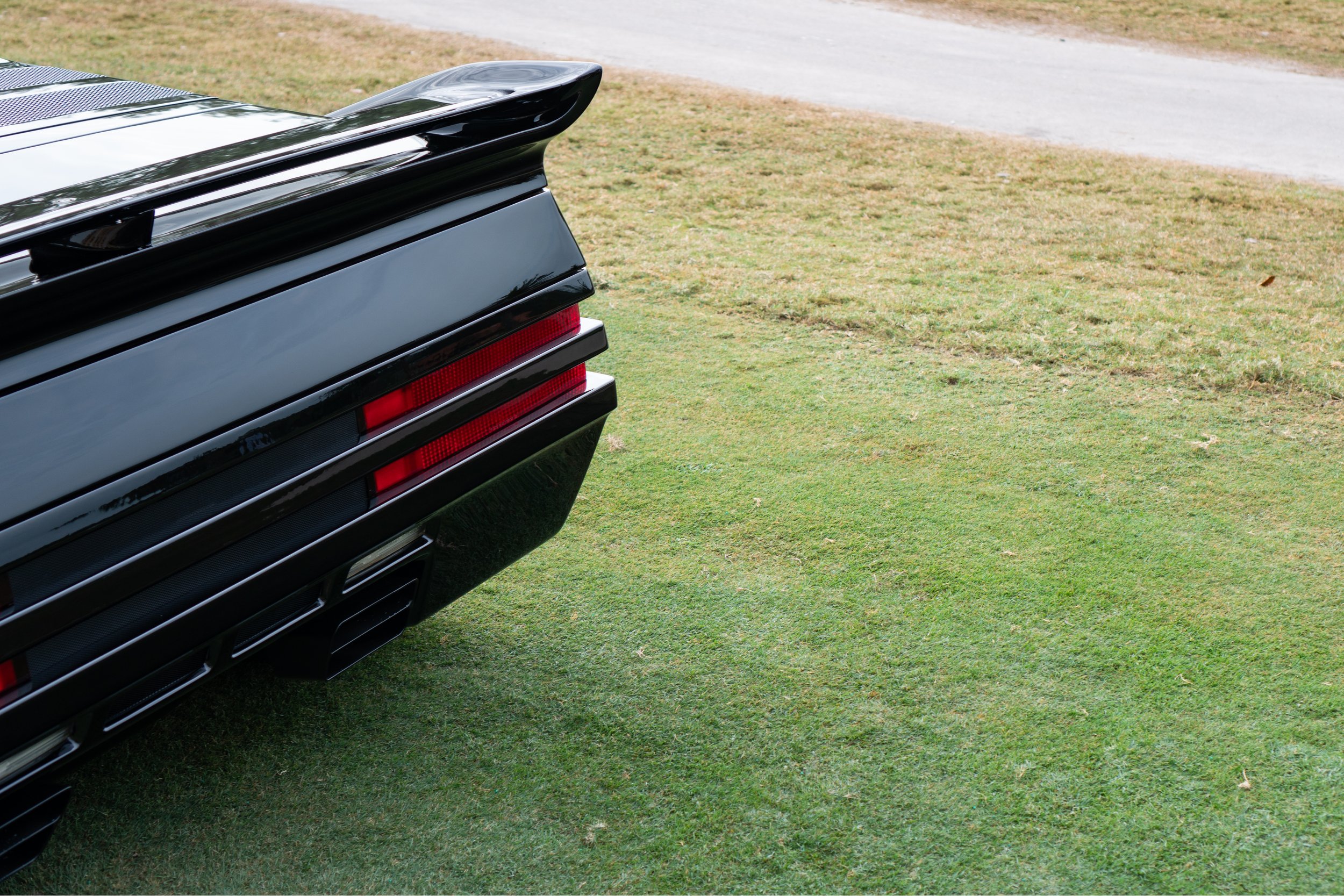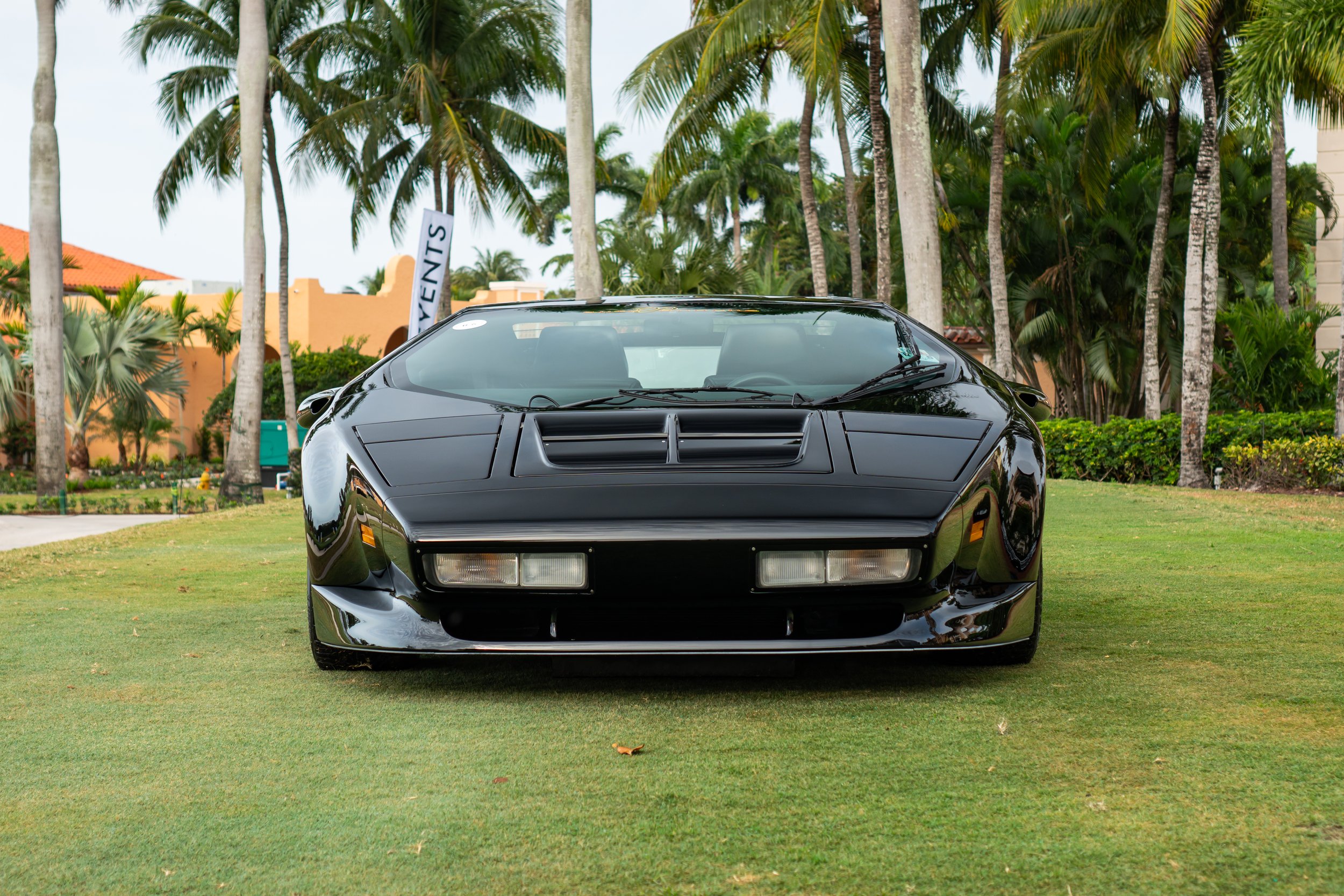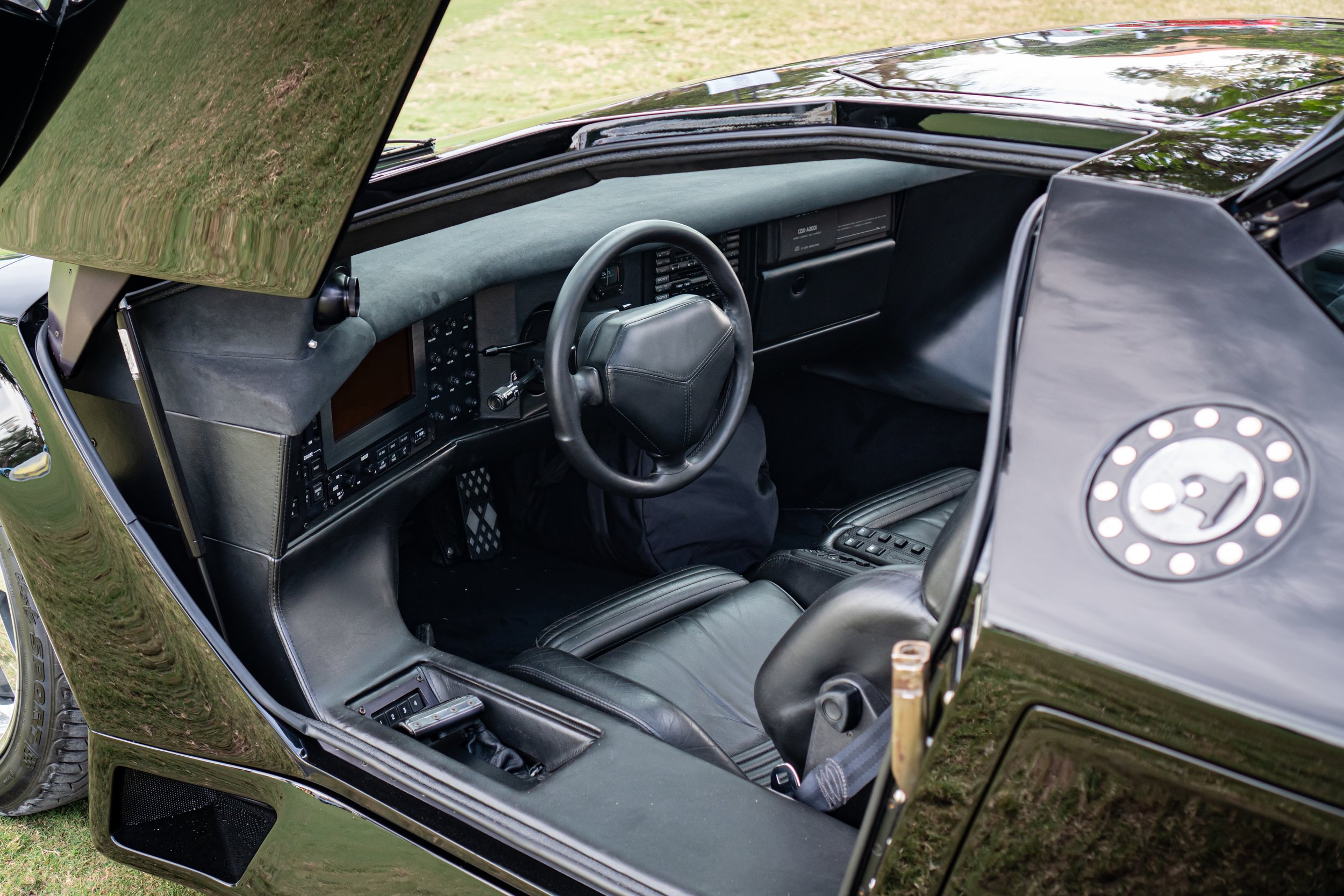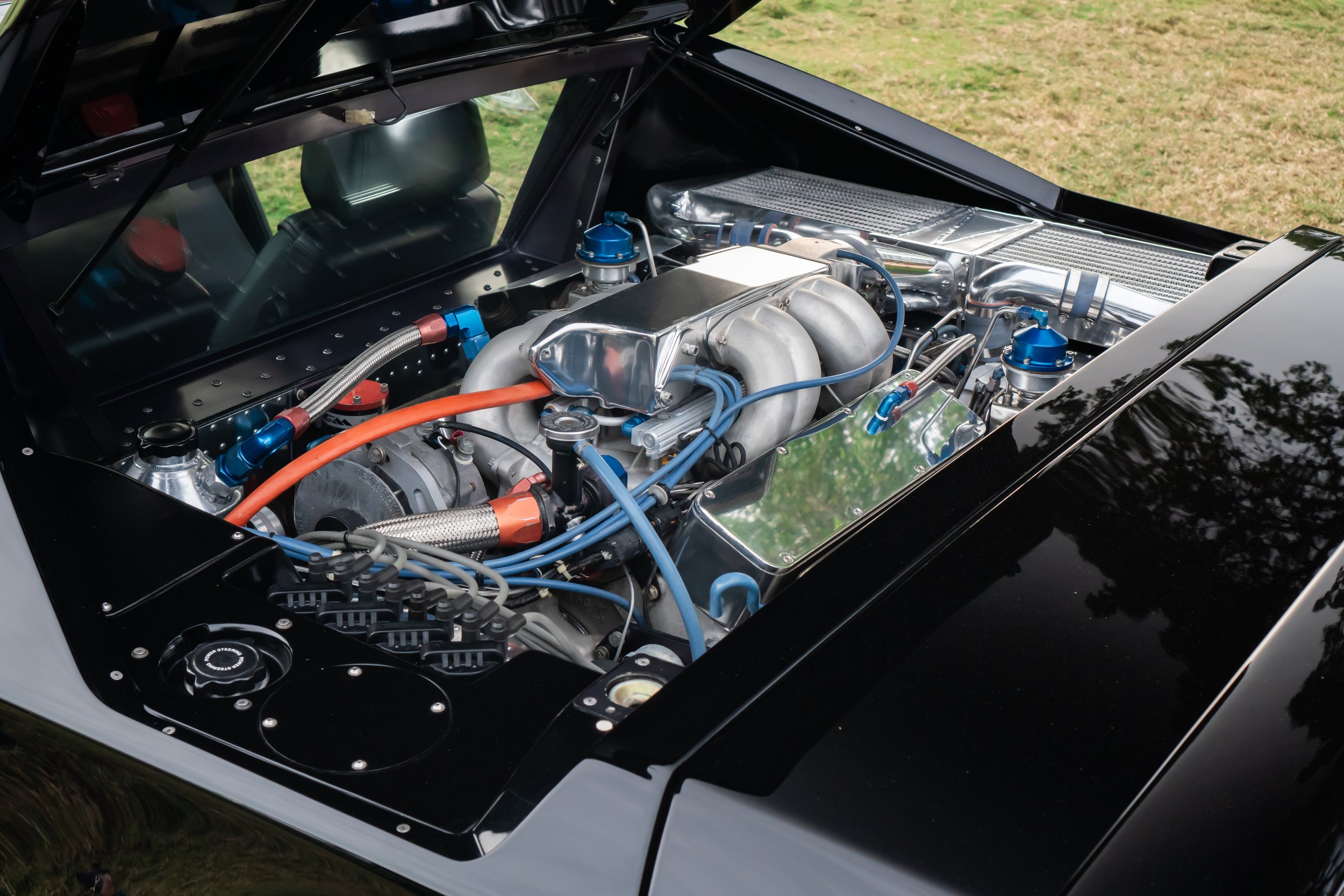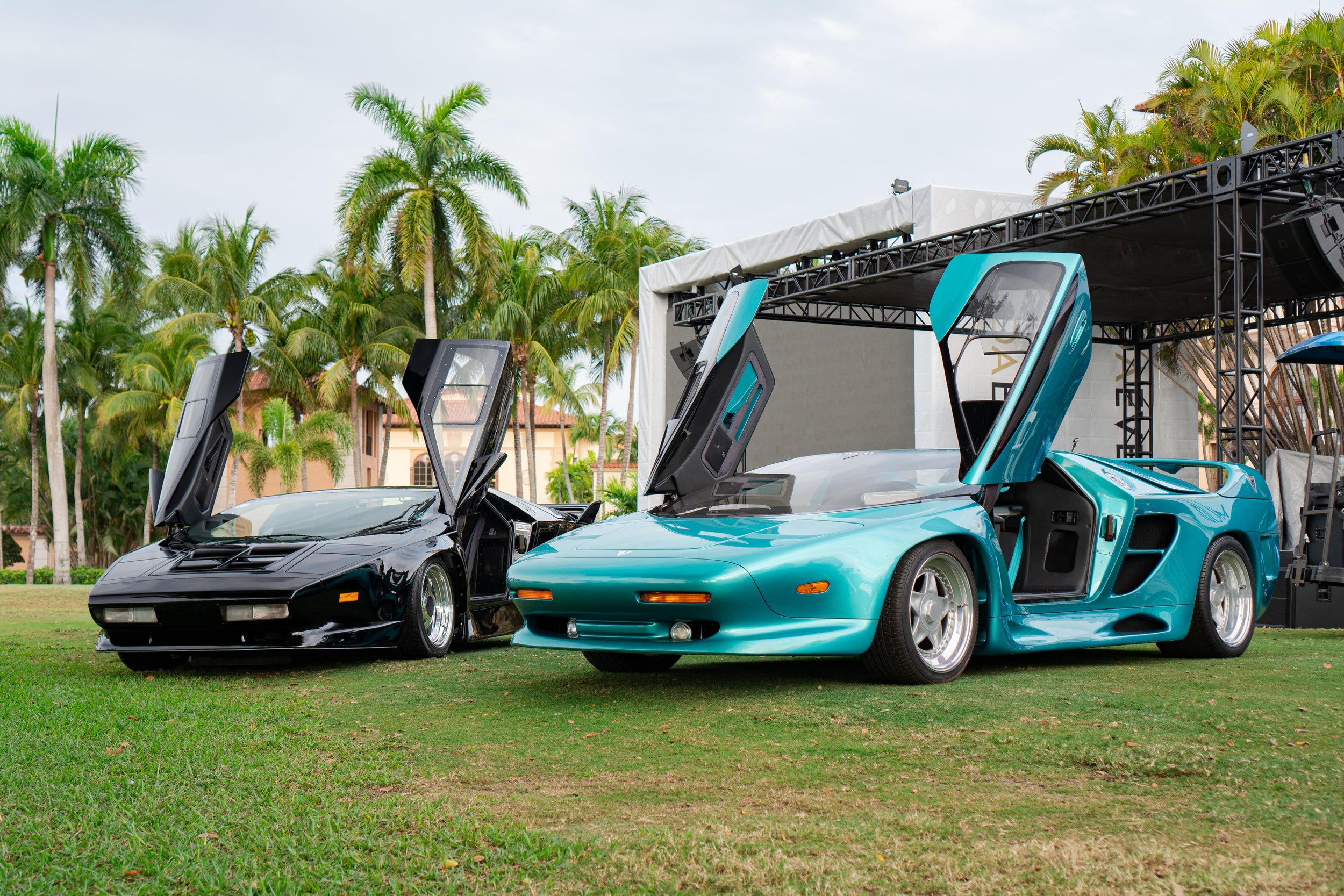America’s Hypercar
Why are American supercars so few and far between? We’re no strangers to inexpensive fuel, wide open roads, and perhaps most importantly, the wild ambition and optimism to dream up incredible machines with which to indulge in these privileges. Perhaps the idea of such exotic and extravagant cars clash with the more humble and conservative components of our country’s culture. Even our most iconic sports cars, the Chevrolet Corvette and the Ford Mustang, have always maintained an aspect of attainability. In keeping with the American Dream, we should all have the opportunity to enjoy the luxuries and frivolities this country offers, and those offerings should always remain within reach of those who work for them. Even so, in our modern era, our country is no stranger to wretched excess or bold displays of wealth & power either.
That’s all to say that our country has all the ingredients to make some truly exciting supercars. That’s not to say it hasn’t happened before; the Corvette, Mustang, Dodge Viper, and Ford GT have all upstaged European supercars for a fraction of their price. However we don’t have a dedicated exotic car brand like Porsche, Lamborghini or Ferrari. What we have had are a handful of boutique manufacturers – some spawned from tuning specialists like Saleen and Hennessey, while others are personal ventures such as SSC and Mosler.
There’s a credible theory about why the most desirable cars come from Germany & Italy and why the most reliable cars come from Japan, and it could also explain why a country like the United States doesn’t have its own exotic automaker. After World War II, our best engineers & businessmen remained in defense, aviation, and other industries that served the war effort. Not so for those other countries, and so their best engineers went into civil sectors. So, what happens when a talented and passionate engineer with an interest in aviation starts a company with the specific goal of pursuing European sports car manufacturers?
Vector Aeromotive was founded in 1971 by Gerald Wiegert, an engineer & businessman with a passion for automobiles & aerospace. A graduate of Northrop University, Wiegert had a vision for an American-built supercar that would outperform any offerings from Europe in terms of innovation, reliability, build-quality and luxury. This goal would be pursued through the use of technology adapted from the aerospace industry, such as carbon fiber & Kevlar composite body panels, aluminum honeycomb chassis construction, and aircraft-grade rivets.
The Vector W8 represents the most complete and comprehensive execution of Gerald Wiegert’s vision for America’s hypercar. Vector Aeromotive was originally founded in Hollywood, CA as a design studio called Vehicle Design Force in 1971. Wiegert and auto body expert Lee Brown got to work developing a sports car known simply as “The Vector.”
A show car shell made rounds at auto shows during the mid-70s, and in 1979, after the company was renamed to Vector Aeromotive, a drivable prototype known as the Vector W2 was built. The W2 would go through extensive testing & redevelopment, covering more than 100,000 miles in its prototype form to ensure it was ready for road use. This car would provide the basis for Vector’s first full-fledged production model, the W8. As it was intended for series production, the W8 even complied with EPA emissions regulations and DOT crash testing.
This car features, perhaps, the best execution of aerospace inspired design & technology. Beyond its aircraft-grade aluminum spaceframe and it’s carbon-Kevlar construction in an age when other exotic cars were using welded steel, and beyond its instrumentation that was provided by aviation suppliers, the W8 comfortably presents as a stealth jet without wings.
Its hard edges & flat panels are striking but purposeful, inherently attractive without being styled to be so. It’s not that aircraft haven’t inspired American car design before, but consider the difference between the flourish & flair of Jet Age styling during the 50s & 60s, and this. Aviation inspiration carried on into the interior, which featured an instrument panel and switchgear from the same suppliers who serve Northrop, McDonnell Douglas & Boeing. The brutal simplicity of its still sumptuous cabin pairs perfectly with its sleek, but stylistically simple exterior.
For all of its advanced aerospace-inspired engineering and design, Vector’s powertrains were rather amusingly rudimentary, but still brutally potent all the same, which is actually very on-brand for an American car. Various configurations of a modified Chevrolet V-8 with twin turbos, ranging from 6.0L to 7.0L making anywhere from 625 – 1,200 bhp were paired to a fortified GM THM425 3-speed automatic. Having served duty in cars like the Oldsmobile Toronado and Cadillac Eldorado from 1967 – 1978, it was, at the time, the only compatible transmission capable of handling the Vector’s immense torque output. Bear in mind that this was a car that was conceived in the late 70s and built in the late 80s – early 90s.
Only 17 were built from 1989 – 1993 before Vector experienced a hostile takeover by Indonesian company Megatech. Scarce as they may be, these figures aren’t far off from the recent crop of American hypercars from Hennessey or SSC. The W8’s performance figures aren’t far off either, reinforcing what an incredible effort Vector was in its era.
This trio of Vectors represent the greatest cars I’ve ever photographed. It’s not just its rarity; we’ve seen and photographed cars that are even more scarce than this one. It’s not simply its styling; as much as I adore the W8 and its extant successors, there are cars that I consider to be more beautiful. More over, it’s a culmination of childhood memories, the backdrop of Miami in Spring, the energy of being on vacation with my friends, and the serendipitous opportunity to have my own impromptu photo session with this car.
I got to the show field extra early on Sunday morning, not realizing the rest of my group was at Cars & Coffee around the corner. I made plans to meet them, but not before running into the owner of the W8. He & his detailer, whom I had met the previous evening, were putting the final touches on the W8 before the event officially started, and welcomed me to take as many photos as I wanted. He then hopped into his car and told the detailer, “Let’s do this now because I don’t think I’ll ever get to do this again,” before pulling his car up next to the other two Vectors on display, and then over to a space directly behind the Biltmore.
It reminded me of all the times I’ve ducked mall security, hung out after shows, or crawled through various foliage & terrain to stage a good photo. Here was the long-time owner of one of the coolest car I’ve ever seen, a member of the event I was attending, sharing the same giddiness and passion of capturing a moment he may not get to experience again.
The Vector W8 was a car I discovered early on in my journey as a car enthusiast. Coffee table books, my early days on the Internet, and video games painted a mythic, supernatural picture of the American hypercar. To finally see one up close, to pore over its details without any distractions, and to converse with the person who’s owned it for over 16 years wholly encapsulates my particular brand of car enthusiasm. I can’t wait to see what next year has in store for me.
